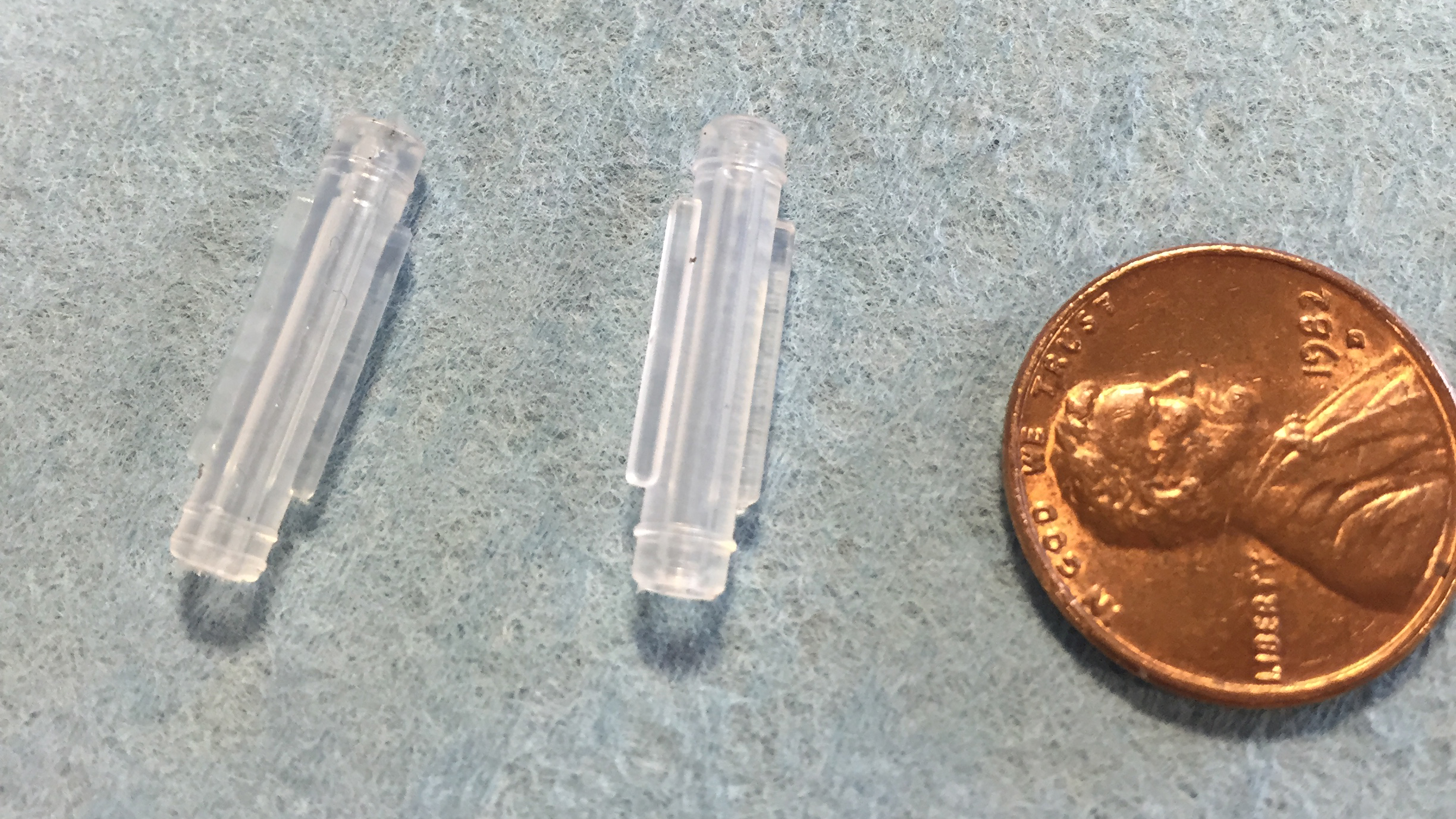Why Use Production Grade Silicone in Prototype Tooling?
The two most common ways to get silicone parts are by 3D printing or injection molding. Each has its own distinct advantage: 3D printing is fast, and injection molding is highly accurate. But both methods have major pitfalls, too.
If you’re building a silicone prototype using 3D printing, your prototype may be a different material than what you’ll actually use for production (assuming you’ll use injection molding once you’re at scale). While the two materials may be similar, the function, rigidity, thickness, cure time, and post-cure are all potential points of differentiation. That means that any testing done on your prototype may not yield the same results as your production parts.
The drawback of injection molding is that it’s incredibly costly and doesn’t always make sense in the prototyping phase. Silicone prototypes often need lots of iteration to get right, so the cost of revision is an especially important consideration. With an injection mold, you get one shot at a design. If you need to update the design to improve part functionality, you’ve got to order yet another custom tool—and wait weeks to months for it to be delivered.
But have no fear! At KAD, we’ve developed an innovative way to build custom silicone rubber parts at much lower price points using production grade material.
Using silicones like NuSil and Elkem (formerly Bluestar), we can custom-build production-grade silicone prototypes without the constraints of standard industrial equipment. These capabilities allow us to provide clients with functional silicone prototypes at a great price.
The Process: Creating Custom Silicone Rubber Parts
We create custom silicone rubber parts for cardiovascular medical devices and a range of consumer products, including water bottles, thumb rests on handheld game controllers, gaskets, and seals. Here’s how we do it:
We developed a system that relies on aluminum tooling instead of the rigid constraints of traditional steel tooling associated with standard injection molding. In standard injection molding, a steel tool can take weeks or months to design and manufacture.
KAD has created a method of manufacturing aluminum tooling that allows a wide variety of options and is not limited to a standard mold base. This allows us to design tooling and manufacture silicone parts much faster than typical molding houses.
Why Tool with Production Grade Silicone?
You can’t go wrong with a process that’s faster, less expensive, and uses the right material for full verification of your silicone prototype. It’s always best to build a prototype with the exact material used in production.
Recently, we prototyped a rubber handle cover to be used for function and safety. The original prototype our customer brought in was made from a rigid urethane that produced a tough-as-nails exterior. However, the production grade material as specified by the manufacturer was much more flexible. The solid prototype material used didn’t provide an accurate feel or functionality of the part. With our silicone tooling, we were able to prototype using the actual material that will be used in the production run.
If you need full qualification of a part, you won’t be able to obtain accurate information about properties like strength or flexibility unless your prototype is made with the end use material.
That’s why using production grade silicone in prototyping is so important. Your prototype should provide a valuable assessment of the physical properties in your production tool.
Beyond function, there are many other practical benefits of using production grade silicone:
- Faster turnaround. Depending on the complexity of the project, our tooling typically takes only 5-15 business days.
- Lower average cost. Our method costs a couple thousand dollars, whereas complete injection molding can easily cost you tens of thousands!
- Ease of use. We can make quick changes and iterations at a low cost depending on the results of each run-through.
We recently worked on a neat design for the bite valve of a water bottle that required several rounds of iteration: it needed to function properly for all people regardless of their bite strength. So even though our client only needed a few parts for proof of concept, they needed them to be constructed out of a specific production-grade material.
Projects like the bite valve that require a lot of iteration are likely to cost much, much more with standard tooling. But with our method, the process was less expensive, faster, and easier when it came to making changes.
If speed is what you need, 3D printing will give you your prototype quickly. But you’ll have to compromise on functionality because the physical properties of the material will be inaccurate.
And if you’d rather stick to standard tooling, injection molding may be your answer, but you’ll need to pay up for it.
Our method for creating custom silicone rubber parts offers a better alternative to 3D printing and injection molding, all at a reasonable cost.
Whatever your need, we’re excited to work on your silicone prototype! Request a quote today to try out our new technology that saves you money and time.



